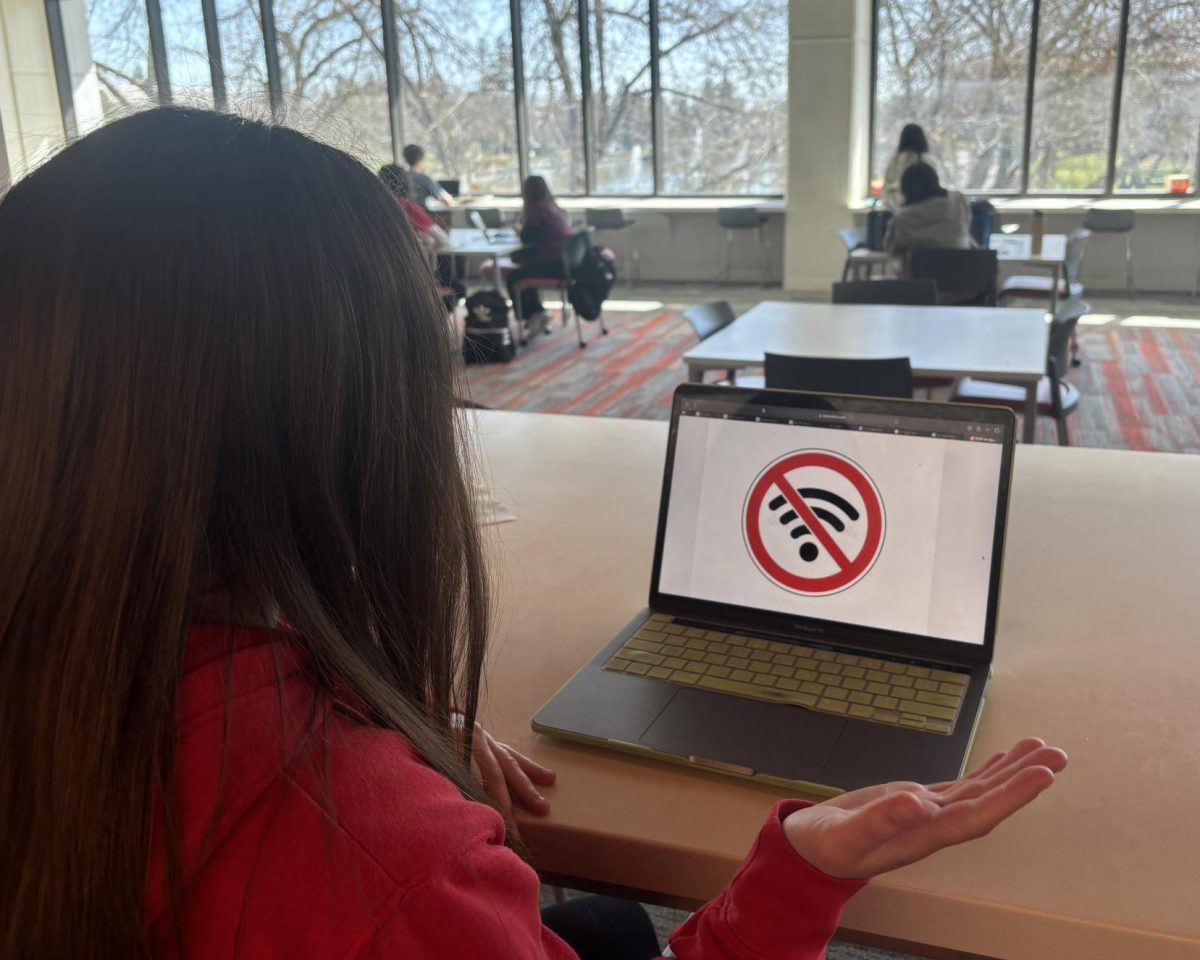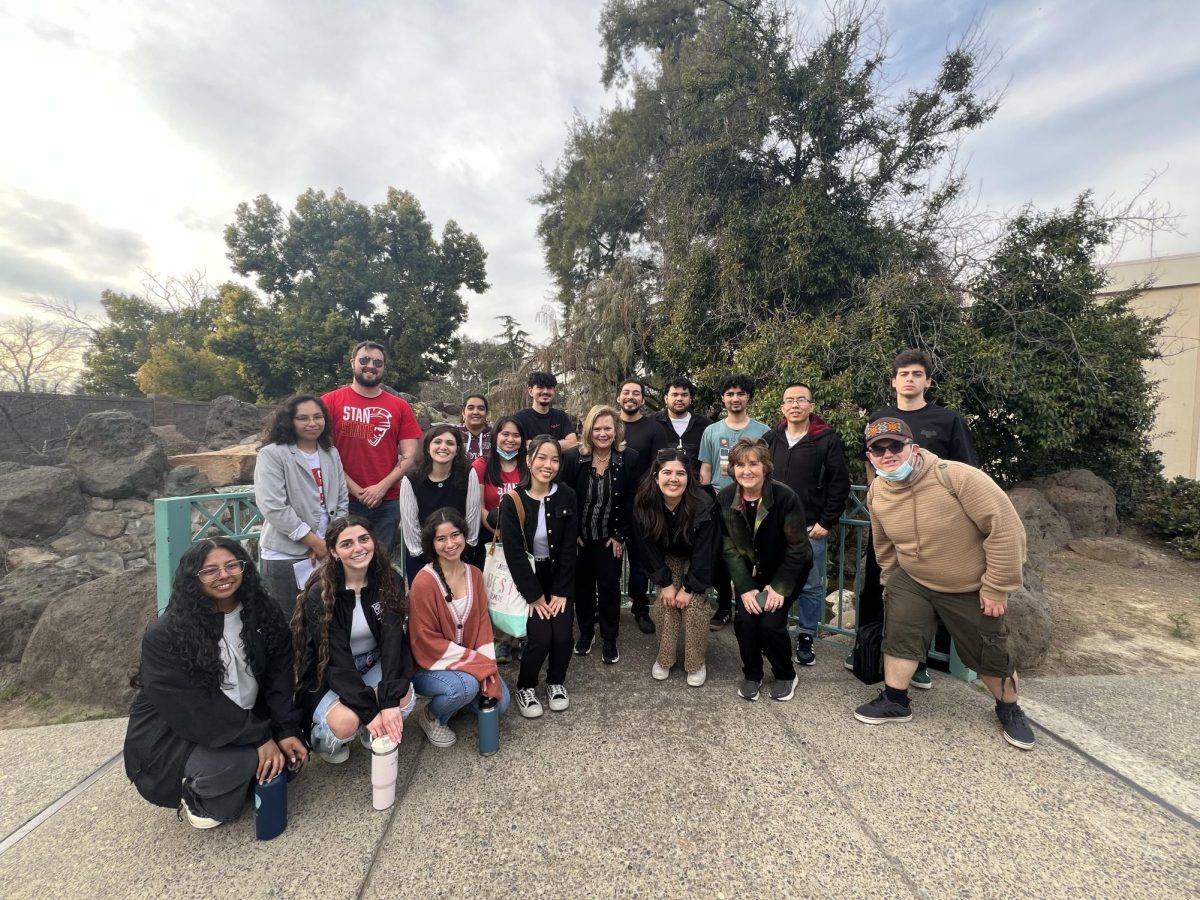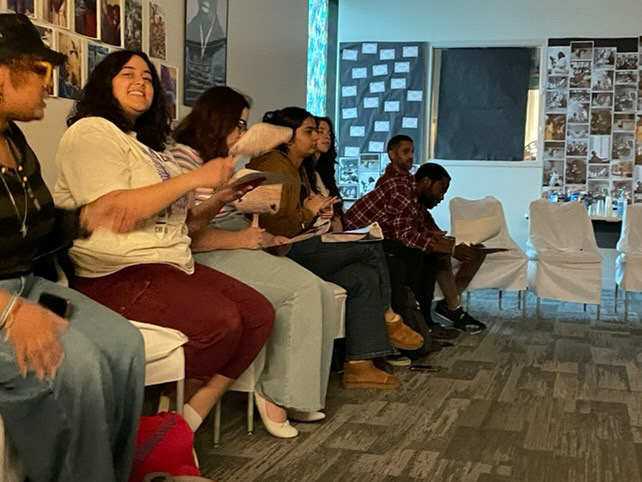Have you ever wondered why we can’t just add more class sections for those courses that are constantly waitlisted? Or fix some of our university buildings that desperately need a makeover?
The funding to do so comes from the California State University (CSU) Board of Trustees, but it’s not quite that simple. Following the money can be a confusing process, so here’s your CSU budget breakdown.
On Nov. 18, the Board of Trustees announced their support budget request, the amount of money that they will ask for from Governor Brown in addition to the ongoing promised amount, $3 billion. This year, the CSU will be asking for an additional $297.6 million.
In Jan. 2016, Governor Brown will announce his proposed statewide budget for 2016-17. Supporters of the CSU will then have until May to convince legislators of the importance of prioritizing our budget request.
Many students, faculty, administrators, and alumni will travel to Sacramento to speak with their representatives about the CSU’s need for more funding and how the CSU helps to sustain California’s economy. In June, the state budget will be finalized and adopted, and the CSU will know how much funding they have to work with for the coming fiscal year. The California State Student Association (CSSA) voices students’ concerns to legislators throughout the entire budget process.
In 2011, the CSU budget was cut by 33% in response to the Great Recession. Since then, the university system has still not regained full funding from the state, and “do more with less” has become an ongoing unofficial motto for the CSU.
Last year’s support budget request of $97 million was completely fulfilled after a successful social media campaign, #standwithCSU, implored legislators in Sacramento to prioritize higher education funding. It was the first year in almost a decade that the CSU was given a fully-funded support budget, but many issues remain unaddressed after years of inadequate funding.
For example, the CSU system’s deferred maintenance total currently stands at approximately $2.2 billion. Deferred maintenance refers to a range of architectural issues, from buildings that need to be completely torn down and rebuilt to concrete steps that are cracked and falling apart, a basic safety issue. These issues are so common throughout the CSU system, and so expensive, that the projects must often be deferred until an unknown, later date when the system can put forth the total amount of money needed.
Funding the CSU system, which currently serves approximately 467,000 students from Humboldt to San Diego, has become more of an urgent priority for Sacramento legislators since an Oct. report from the highly-esteemed Public Policy Institute of California (PPIC) predicted that there will be a “workforce skills gap” of 1.1 million degree holders in California by 2030. If legislators do not focus on making public higher education in this state more accessible, California will face an economic crisis in 15 years.
If the 2016-17 support budget requested by the Board of Trustees is fully funded, the money will go towards upholding the access and quality that are promised by the CSU as “the people’s university.” Of the $297.6 million, 8.4% would go towards facilities and infrastructure needs (deferred maintenance), 16.8% to student success and completion initiatives, 14.4% to mandatory costs, 23.4% to fund a 2% compensation pool increase for employees, and 37% to increase enrollment across the system by 3%.
Increasing enrollment is an essential part of deterring the “workforce skills gap” predicted by the PPIC. In fall 2014, the CSU system was forced to turn away more than 30,000 eligible undergraduate students due to lack of funding. As we increase access, though, we must be sure that we are also maintaining the quality of education that our students receive and shortening the time to graduation.
With more funding, “I’d like to see more class sections available at different times and certain classes offered more than once a year or every few years,” said Rita Gouda (senior, Communication Studies).
“Having more course sections is definitely an immediate need on this campus,” said ASI President Nicole Larson (junior, Criminal Justice-Legal Studies).
Student success in the classroom is extremely important, but the services we provide to our students outside of class can also have a huge effect on their overall performance at Stan State.
“We need a better transition for transfer students, including more available advising,” said Dohá Mohammad (senior, Liberal Studies).
“The library doesn’t have enough study rooms, and students are literally waiting outside just for somewhere to study,” said Maria Marquez (sophomore, Communication Studies).
“We also really need more lights on the campus, because it can feel pretty unsafe at night. We all fight to get classes during the day so that we can avoid the night classes,” said Marquez.
Many students have echoed these concerns about class sections and renovating the library, and others have requested a career center, expanded advising services, and increased funding for student success initiatives like the Program for Academic and Career Excellence (PACE).
Categories:
CSU Budget Breakdown
Maggie White
•
December 10, 2015
0
Donate to Signal
Your donation will support the student journalists of California State University, Stanislaus. Your contribution will allow us to purchase equipment and cover our annual website hosting costs.
More to Discover







